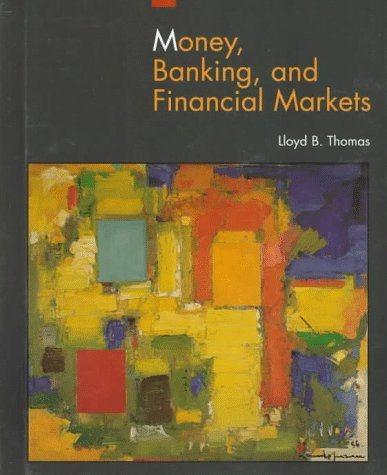
Question 5 (25 marks/Risk, Return and CAPM) (Each of the following parts is independent.) (a) According to the Capital Asset Pricing theory, what return would be required by an investor whose portfolio is made up of 40% of the market portfolio (m) and 60% of Treasury bills (ie. risk-free asset)? Assume the risk-free rate is 3% and the market risk premium is 7%? (6 marks) (b) You are considering investing in the following two stocks. The risk-free rate is 7 percent and the market risk premium is 8 percent. Price Expected Price Expected Dividend Stock Today in 1 year in 1 year $20 TS IS200 TTO $30532 S1.78 Beta 10.9 i) Compute the expected and required return (using CAPM) on each stock. (8 marks) ii) Which asset is worth investing? Support your answer with calculations. (2 marks) (c) Which pair of stocks used to form a 2-asset portfolio would have the greatest diversification effect for the portfolio? Briefly explain. Correlation Stocks A&B -0.66 Stocks A&C -0.42 Stocks A & D 0 Stocks A&E 0.73 (4 marks) (d) Explain the terms systematic risk and unsystematic risk and their importance in determining investment retum. (5 marks) -End of Paper- Question 2 (25 marks/Bond Valuation) David Palmer identified the following bonds for investment: 1) Bond A: A $1 million par, 10% annual coupon bond, which will mature on July 1, 2025. 2) Bond B: A $1 million par, 14% semi-annual coupon bond (interest will be paid on January 1 and July 1 each year), which will mature on July 1, 2031. 3) Bond C: A $1 million par, 10% quarterly coupon bond interest will be paid on January 1, April 1, July 1, and October 1 each year), which will mature on July 1, 2026. The three bonds were issued on July 1, 2011. (Each Part is Independent) (a) If Bond B is issued at face value and both Bond B and Bond A are having the same yield to maturity (EAR), calculate the market price of Bond A on July 1, 2011. (Note: Full mark would only be given to correct answer of which the values of those variables not provided in the question directly are derived.] (6 marks) (b) David purchased the Bond C on January 1, 2014 when Bond C was priced to have a yield to maturity (EAR) of 10.3812891%. David subsequently sold Bond C on January 1, 2016 when it was priced to have a yield to maturity (EAR) of 12.550881%. Assume all interests received were reinvested to earn a rate of return of 3% per quarter (from another investment account), calculate the current yield, capital gain yield and the 2-year total rate of return (HPY) on investment for David on January 1, 2016. [Hint: Be careful with how many rounds of coupons has David received during the holding period and thus how much interests (coupons and reinvestment of coupons) he has earned in total during the 2-year holding period.] (14 marks) (c) David purchased Bond B on a coupon payment day. Bond B is priced to have a yield to maturity (EAR) of 12.36% and its market value is $1,101,058.953 on the date of purchase. Find the remaining life until maturity (in terms of 6-month period or year) of Bond B








